The roof of a house today has several different purposes in addition to shielding us from the sun, rain, and weather. Therefore, they are no longer just a practical component needed to complete a house. Different roof materials serve various purposes, depending on the material you choose. For homeowners in Malaysia, there are a variety of roofing material choices. The pricing, appearance, and lifespan of these materials vary. With that said, here are the 7 best types of roofing in Malaysia.
1. Metal Roofing
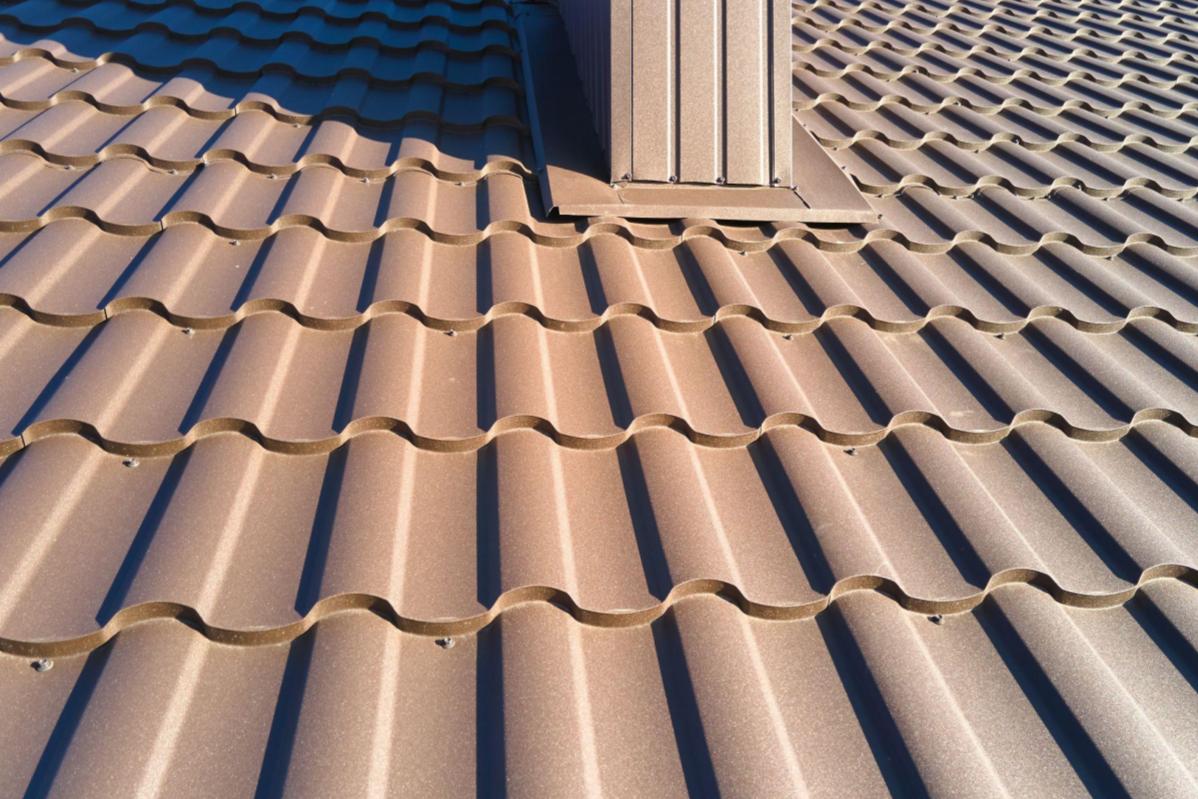 Metal roofing
Metal roofing comes in two different designs: solid form or shingles. Locally, this roofing type is becoming more popular as developers choose this fashionable yet affordable option. Since metal reflects solar heat, many homeowners prefer to use metal shingles, which have an average lifespan of roughly 80 years. Therefore, homeowners could save on their house cooling expenditures by having a metal shingle roof. Metal roofs are lightweight, strong, and available in various hues. Copper, aluminium, steel, or alloy is used to make metal roofing sheets. Additionally, they can endure strong winds, bug swarms, mildew, rot, and fire. Get a metal shingle roof if you like an aesthetically pleasing flat or butterfly roof.
Advantages
- Environmentally efficient
- Reflects heat
- Longer lifespan
Disadvantages
- Can be expensive to install
- Subject to contraction and expansion
- Heavy
2. Concrete Roof Tiles
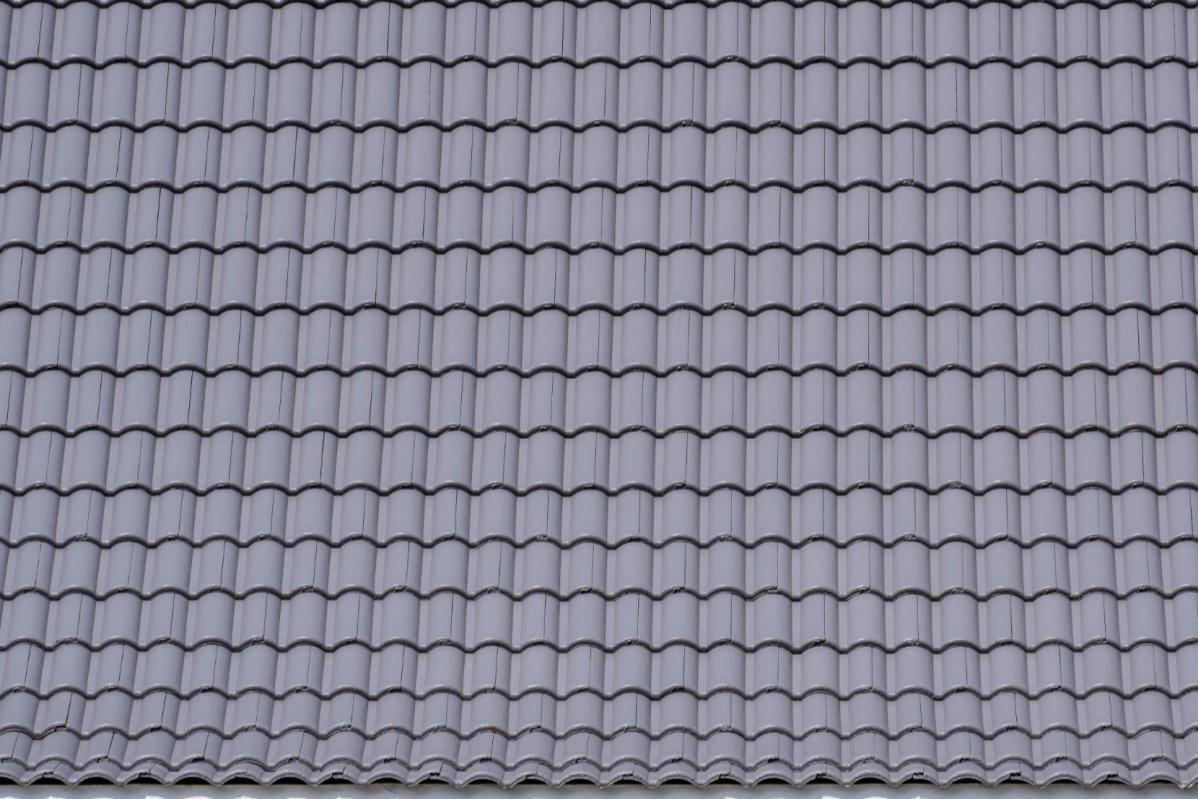
Concrete roof tiles are made with sand, water, and cement. These concrete roofs come in a variety of colours that can suit your house's aesthetic while being strong enough to withstand harsh weather conditions. Concrete roof tiles can last up to 50 years and are simple to maintain. They are likewise reasonably priced, although they are cumbersome. To ensure that your home's construction can support the weight, it is best to speak with a roofing expert.
Advantages
- Low maintenance
- Versatile
- Relatively environmentally friendly
Disadvantages
- Not entirely resistant to wind
- Heavy
- Can be breakable if there is high amount of pressure
3. Composite Shingles
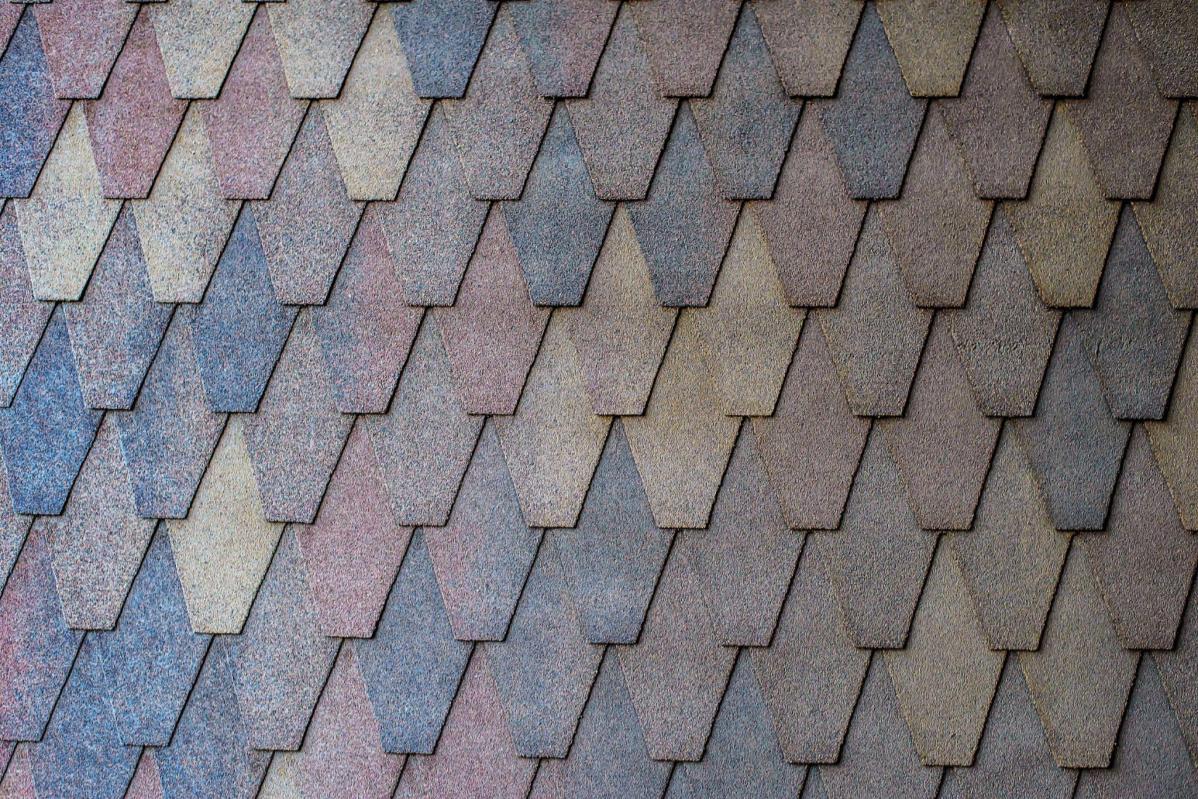
Steel and rock are two types of materials that typically make up composite shingles, which were created to be economical. Composite roofing might be a fantastic alternative for eco-friendly homes, depending on your chosen materials. Hemp fibres, post-industrial plastics, and even recycled roofing materials are all in some composite shingle roofing. Furthermore, this style of roofing is practical and simple to set up. Due to their resistance to mould and algae, they are also solid and sturdy.
Advantages
- Eco-friendly
- Durable
- Can be customised
Disadvantages
- High upfront costs
- New to the roofing industry
- May not be entirely resistant to fire
4. Asphalt Roof Shingles
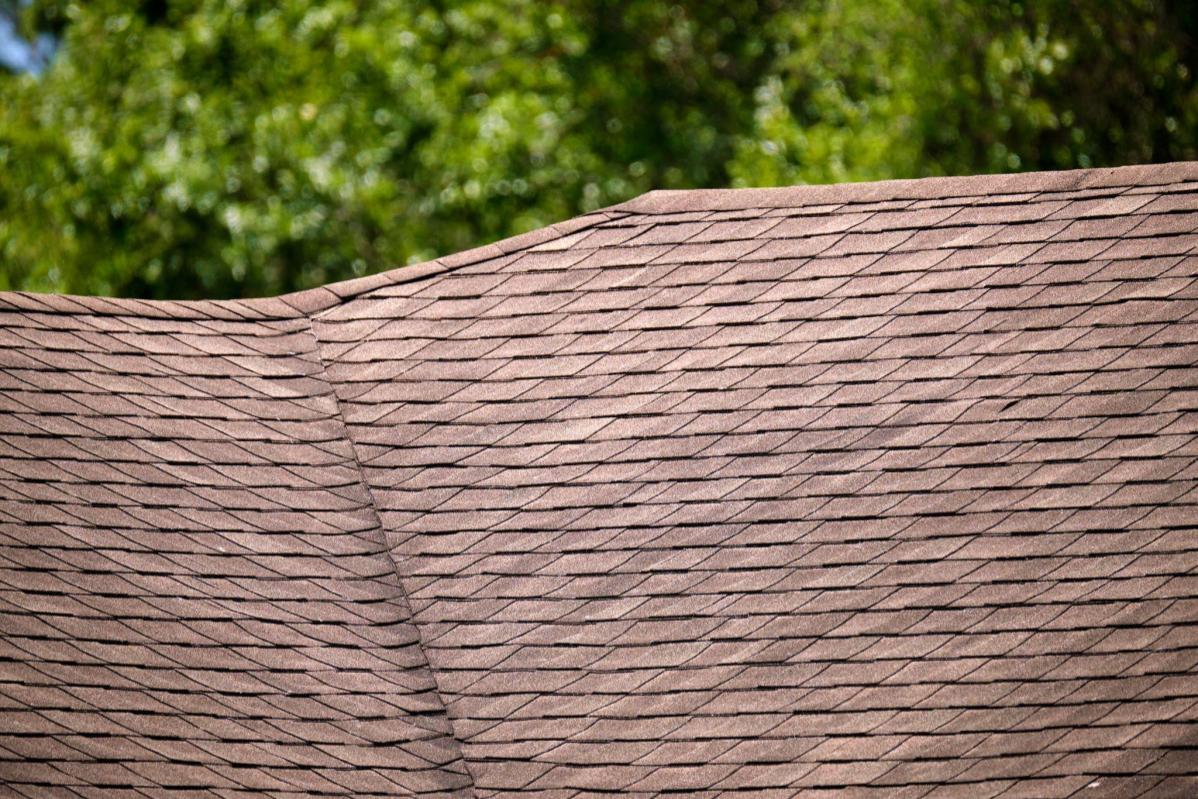
Due to their affordability and ease, asphalt roof shingles are one of the most widely utilised materials worldwide. Asphalt roof shingles are not entirely composed of asphalt. Instead, they are made of fibreglass or felt paper substrate covered in a waterproof asphalt layer and then in ceramic granules. They are typically waterproof and simple to install, making them durable against rainy weather. Most notably, they have a very long lifespan of roughly 15 to 30 years. The main drawback is that asphalt roof shingles don't perform well in the heat; therefore, Malaysia's tropical climate may impact the colour and structure.
Advantages
- Waterproof and fireproof
- Easy to install
- Numerous colours and styles available
Disadvantages
- Requires frequent maintenance
- More vulnerable to wind
- Does not perform well in the heat
5. Clay Roof Tiles
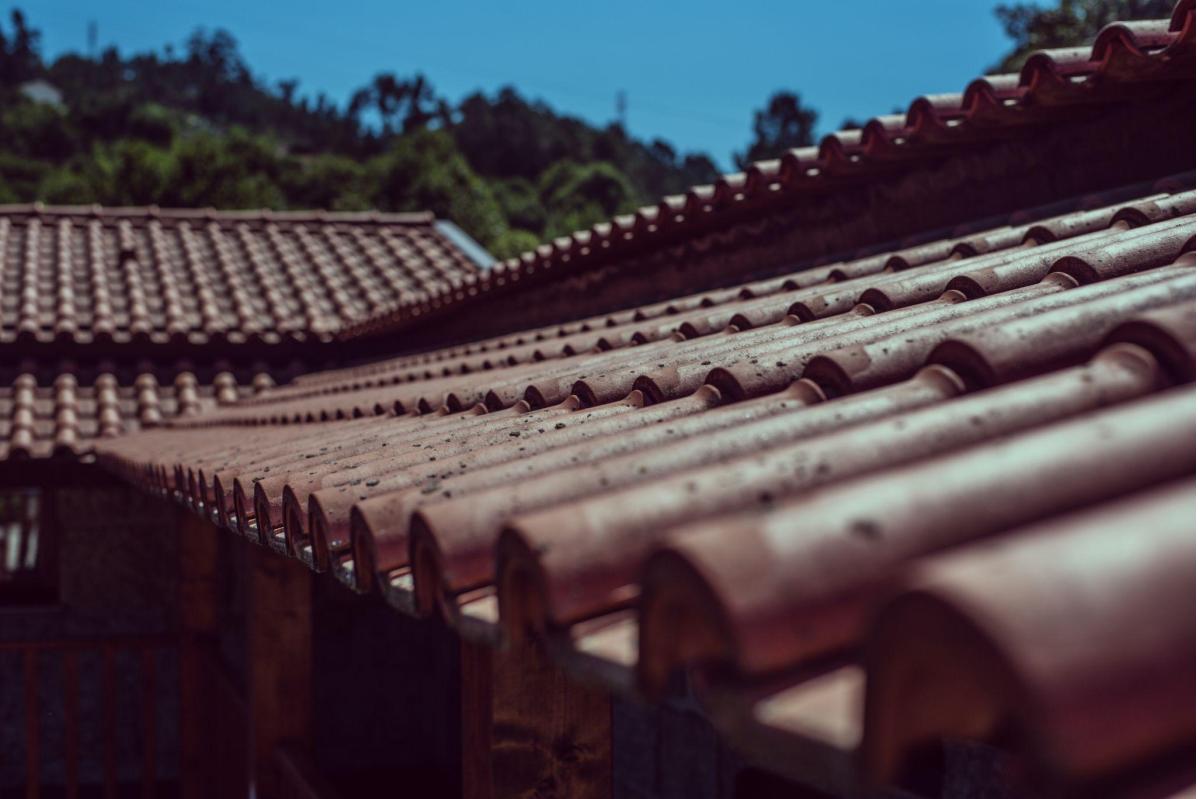
One of Malaysia's most common roofing materials is clay roof tiles. They are incredibly strong and enduring and can withstand any weather or situation for a hundred years. A unique glaze comprised of chemical substances, including silica, manganese, fluxes, and aluminium oxide, is frequently applied to clay roof tiles to increase durability and change colour. Clay roof tiles can uniquely control the temperature inside your house. Clay roof tiles are a popular choice among homeowners since they are the most environmentally friendly, elegant, and aesthetically beautiful.
Advantages
- Fire resistant
- Great for restoring old buildings
- Energy efficient
Disadvantages
- Technical to install
- Can be quite heavy
- Can be costly
6. Slate Shingles
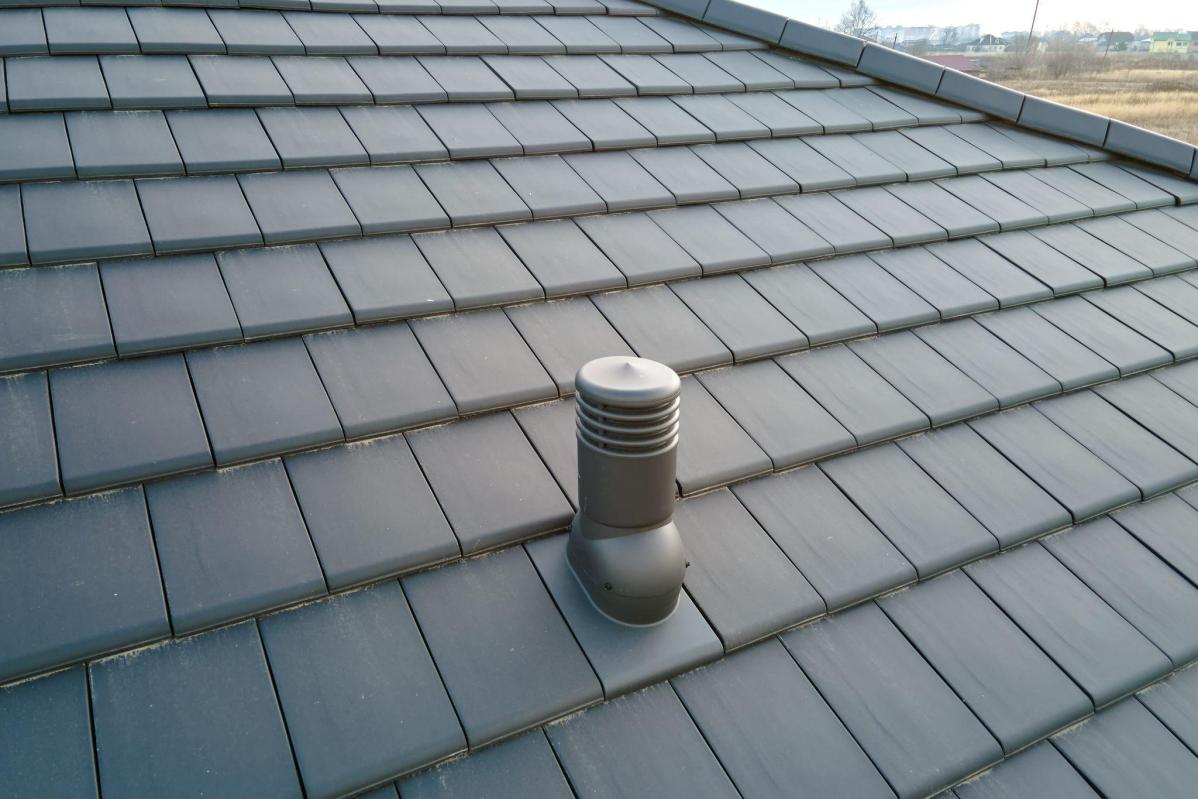
Since they have been used for centuries, slate shingles are the most durable roofing material. This roof has a lifespan of about 150 years. In fact, the roof's material is so durable that some buildings constructed with state shingles in the Shakespearean era are still standing now to this day. Even under the worst weather conditions, slate shingles can endure a hundred years. Compared to other options, slate shingle roofs are more expensive. The roof is the most fire-resistant as opposed to the other roofing options and is constructed of actual stone.
Advantages
- Eye-catching at every angle
- Low maintenance
- Long-lasting
Disadvantages
- Significantly heavy
- Relatively expensive
- Must be handled carefully during installation
7. Wood Shingles
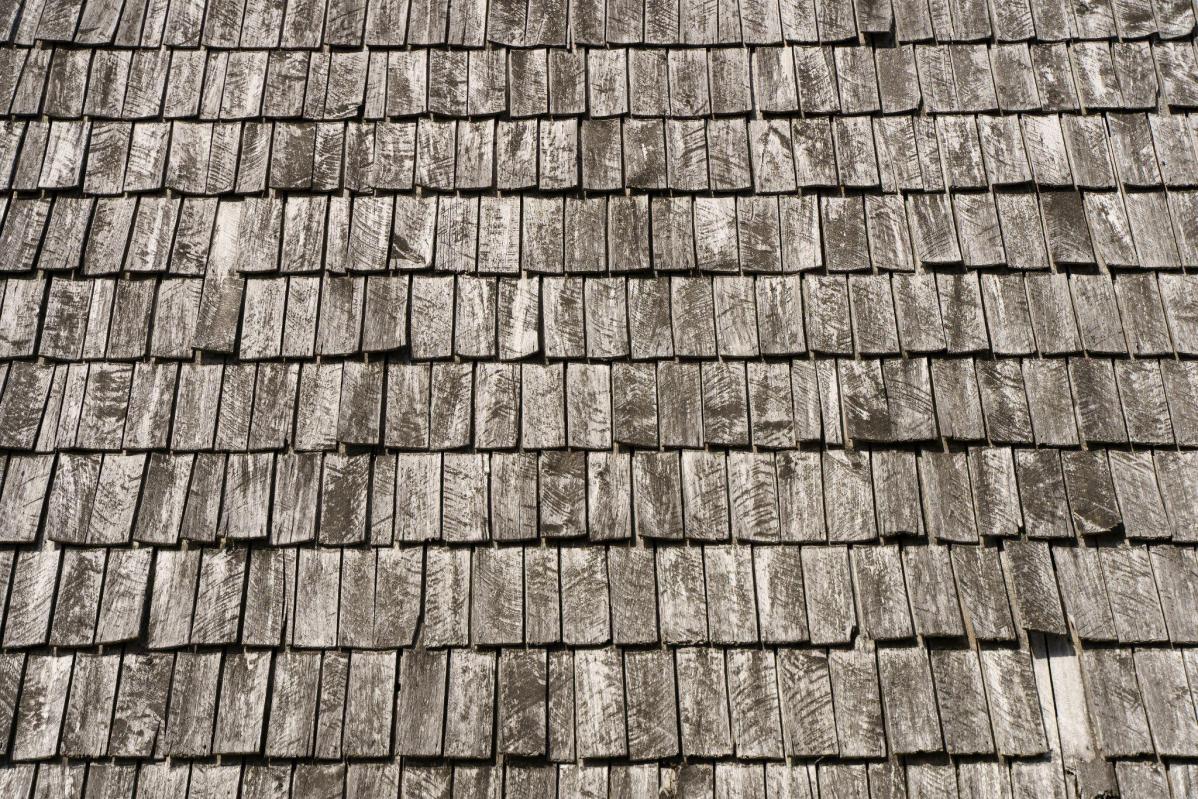
As a roofing material, wood shingles have a pleasant and distinctive appearance. This is just one of the numerous factors that influence people's decision to buy a wooden roof. Since the first half of the eighteenth century, wood shingles and shakes have been used to protect homes. Typically, wooden logs are broken into pieces and then cut into predetermined proportions to produce wood shakes. A high-quality wood shingle roof can endure for 30 to 80 years on average. Given this, wood is costly because it costs more than asphalt. With its propensity to crack and degrade, it also requires more upkeep. The types of wood shingles used to make are Redwood, Spruces, Western Red Cedar, Cypress, Pine and Atlantic White Cedar.
Advantages
- Various wood species and colours
- Durable against impact
- UV-resistant
Disadvantages
- High maintenance
- Prone to rotting
- Receptive to fire
What Is A Roof?
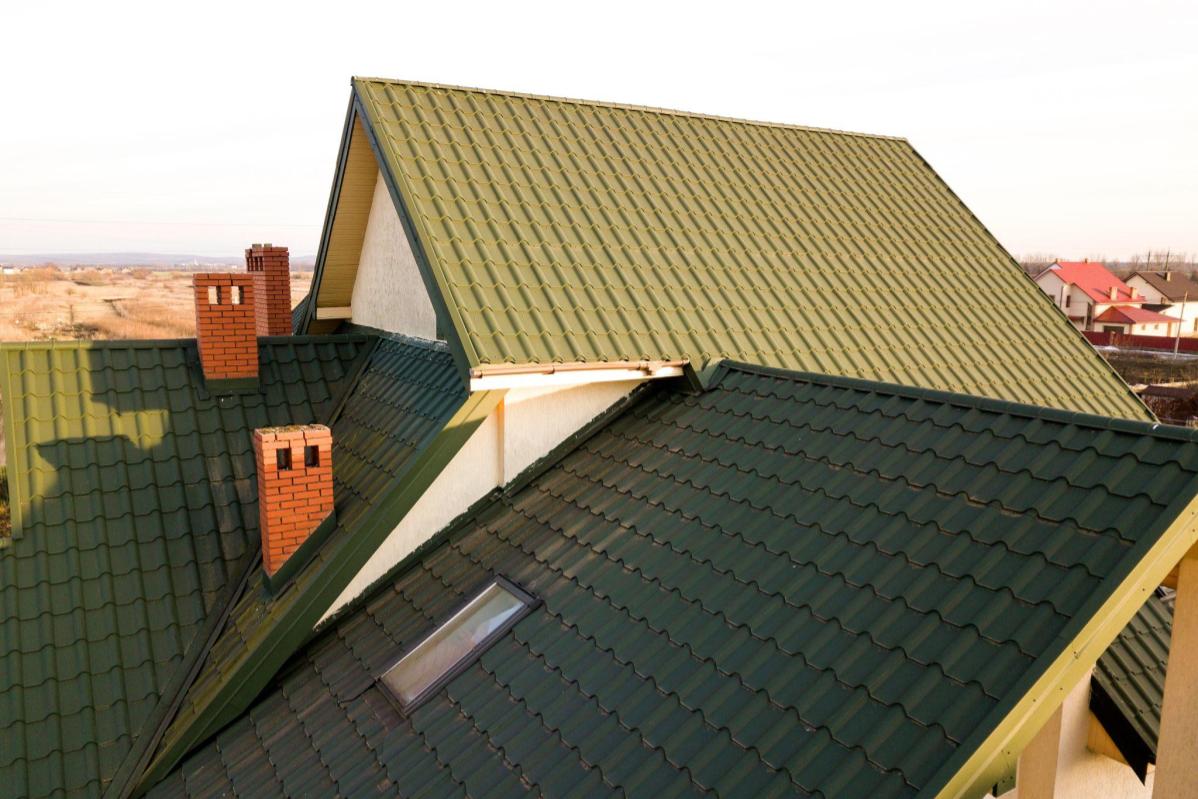
A roof is an architectural element that forms the top covering of a structure or other shelter. Its principal function is often to guard against the elements, but it may also enhance safety, security, privacy, insulation, and other factors.
There are many requirements and needs that need to be checked to ensure you have a good roof above your head. Here are some of the requirements:
- Structurally sound and reliable
- Durable against many agencies' harmful impacts, such as wind, rain, sun, etc.
- Provide the desired sound and heat insulation.
- Well-drained
- Effective water-proofing system.
- Able to support the loads that are expected to be placed on it.
How To Choose A Roof Tile?
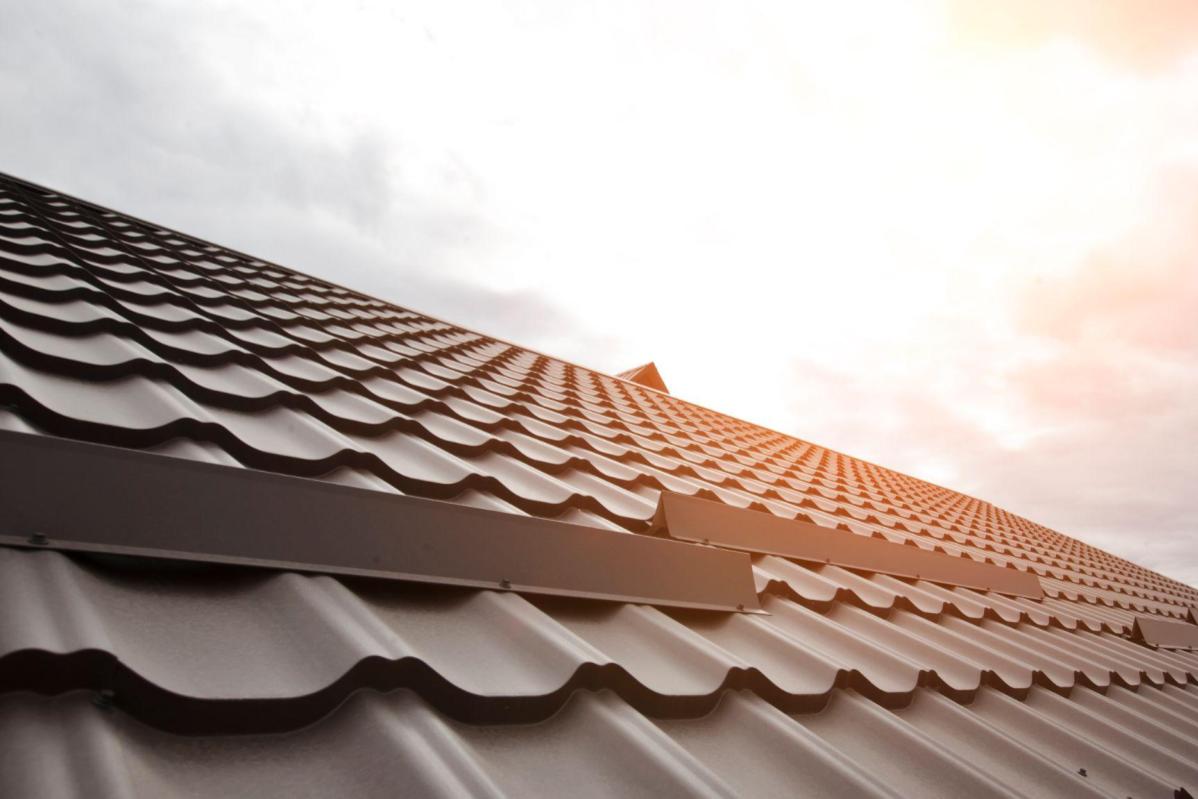
Before installing a roof for your home, there are several factors that you should consider as you need to choose the right roof type for your home to avoid any messes or roofing issues.
1. Weight
You will need further help to increase the structure if your home does not have the proper support system. This will result in additional expenses, delays, messes, and difficulties. This is because not all kinds of roofing materials weigh the same; for instance, slates and concrete tiles weigh more than wood and asphalt shingles. If you choose a roofing system that is too heavy for your house's support system, you will risk your roof collapsing.
2. Roof Pitch
The height and length of your roof are used to calculate the roof pitch, which is the surface slope of your roof. A slope with a shallow height is virtually flat, whereas one with a high height is steep. Installing them on a flat or lower roof pitch may cause the water to stagnate, which will result in leaking problems. Different roof materials function well with specific roof slopes. For instance, you need a greater slope with asphalt, wood, and clay so water can quickly drain from your roof.
3. Matching
It is essential to select a roofing material that complements the architectural style of your house. The materials you use for your roof will significantly impact how your home looks from the outside. To create a well-balanced home, it is best to speak with your contractor or
roofing supplier about how to match your materials appropriately.
4. Climate Resistance
Due to Malaysia's tropical environment, you must consider how your roofing materials will hold up in the rain and sun. This is because some roofing options can significantly affect how it fares during harsh weather conditions and frequent temperature changes.
Summary
Various roofing options are available for homeowners in Malaysia, old and new, to create the perfect home where they can live comfortably for a long time. Roof shingles and roof tiles are interchangeable terms, so don't worry if you're unsure if they have different meanings. Although they use different words, tiles and shingles describe the same thing. They are commonly referred to as ''shingles'' in Europe and the United States, but ''tiles'' is more commonly used in Malaysia. It is best to consult a
roofing supplier when choosing a roofing material, as they can advise you on the type of roofing option that will suit your home and serve you the most benefits.










 Indonesia
Indonesia